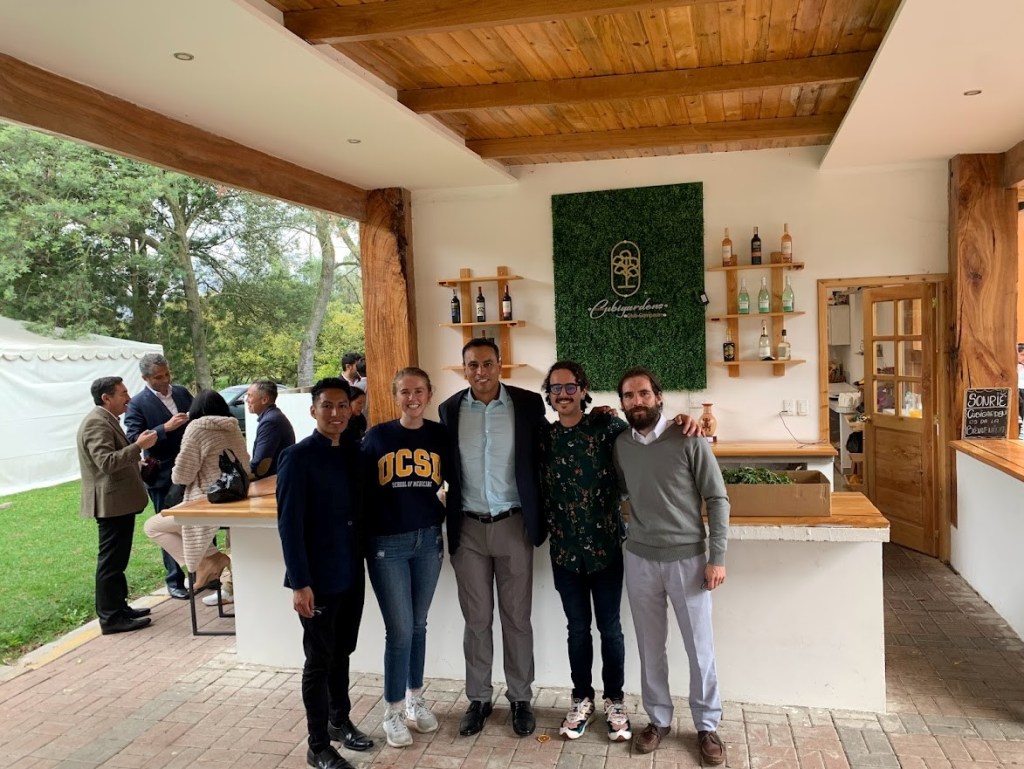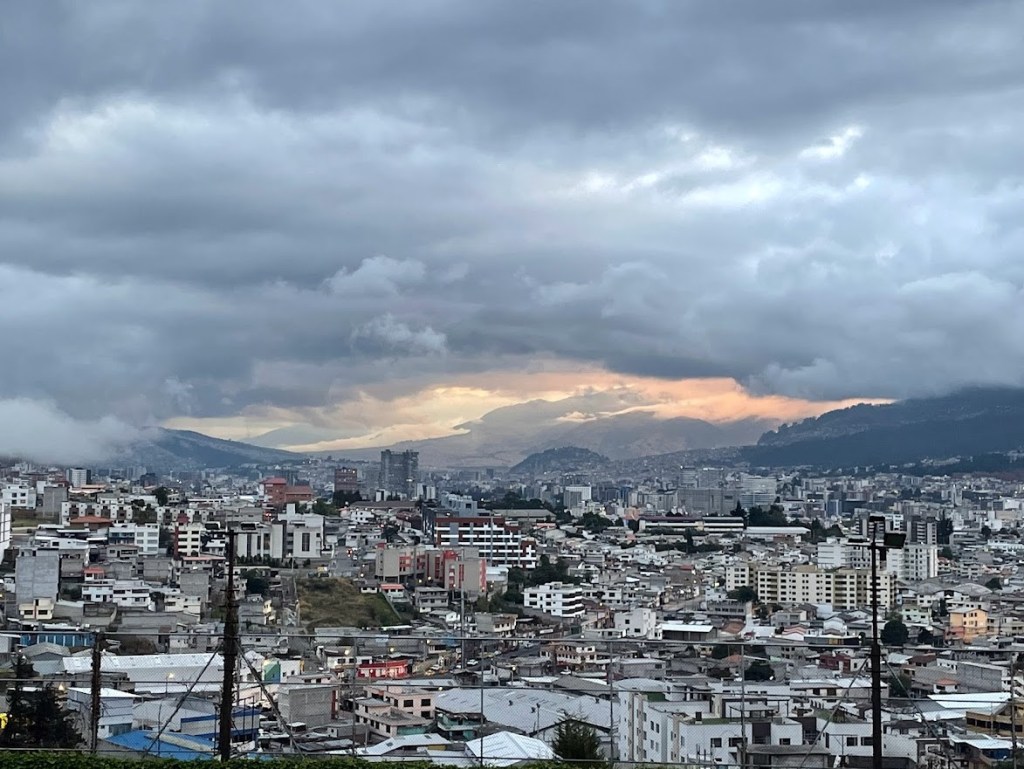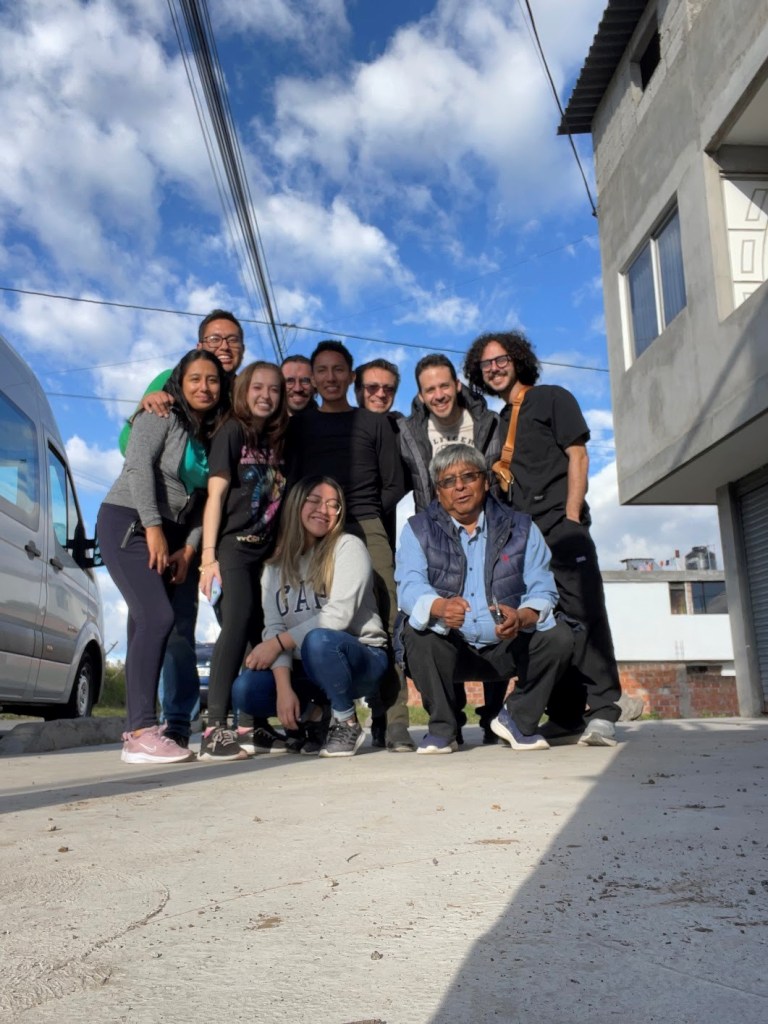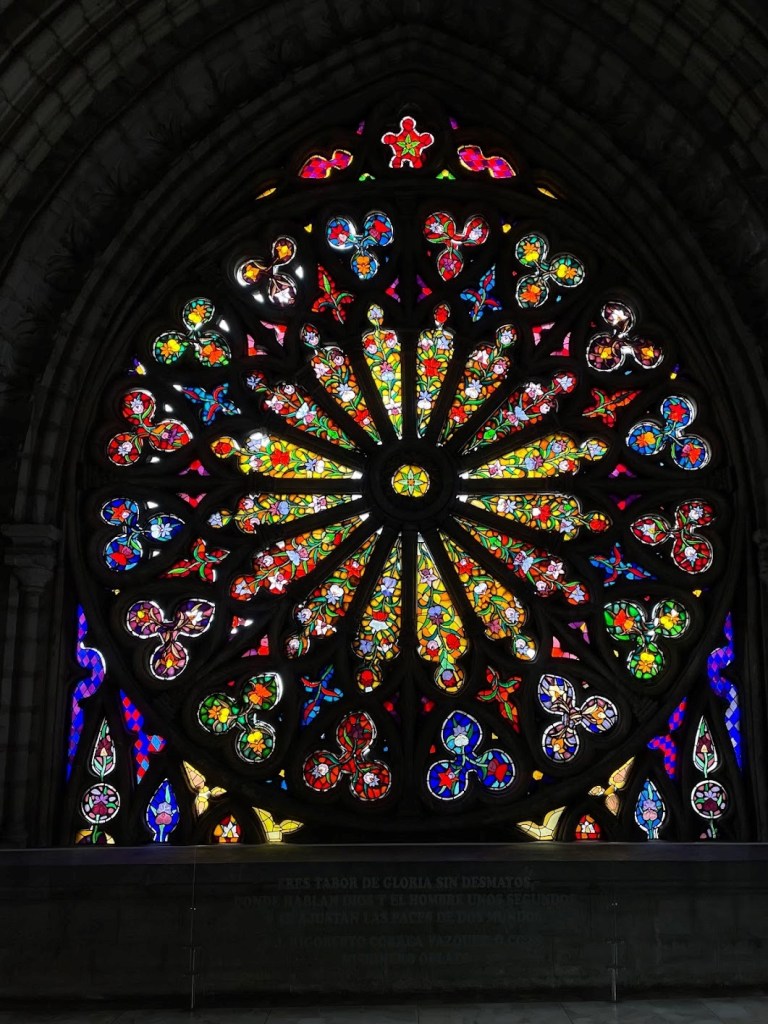My GHAC summer research in Ecuador as part of the ESPINA project was an incredible professional, academic and personal experience!
I began working with Dr. Suarez during the school year to help with a project related to pesticide exposure and inflammatory biomarkers as part of the ESPINA project. My interest in Dr. Suarez’s research was sparked by how it integrated various perspectives in environmental health, agriculture, development and epidemiology. For the summer component of my research, I went to Ecuador to help with the data collection efforts in Pedro Moncayo as part of one of ESPINA’s follow up studies. We assisted with preparation efforts during the week for the data collection that would happen on the weekend. Once we arrived in Pedro Moncayo and set up for collection during the weekends, we would help with various anthropometric and biospecimen data collection efforts.

Seeing how a project this large and this extensive is run was an incredible opportunity. Helping with the preparation efforts gave us insight into the labor that goes into organizing the logistics of a now over-decade-long longitudinal research project with hundreds of participants. Everything from preparing collection tubes, transporting samples, storing them, and inputting them into data systems, to inventorying supplies, mobilizing research teams and participants as well as research finances was very helpful to participate in and witness. I came out of the academic component of the research feeling far more informed about not only the logistics of the project, but also its content. Conducting data analysis and literature reviews from thousands of miles away from the research site makes it easier to engage with this work as something of an abstract object of academic study. Going to Ecuador and seeing the process from organization to execution of data collection made everything far more concrete.
Quito itself is fascinating as a city. Given its altitude and its volcanic backdrops, it is a natural landscape unlike one I had seen before. But it also contained a wealth of history and culture. The art scene in Quito was exciting to explore, with prolific painters like Oswaldo Guayasamin having left his estate and collection of works there. Different stages of Quito’s history are preserved in its built environment in a fascinating way. There is also a lot of power in the activism of the country’s capital which also sits on the equator.

The connections we made with the research team and the CIMAS staff were an unexpected and incredible part of the experience. CIMAS is a foundation based in Quito that hosts ESPINA’s research and coordinates those efforts on the ground. From the moment we arrived, we were welcomed into CIMAS and began to develop a great working and later friendly relationship with the CIMAS team. In addition to working together with the CIMAS team, we would explore the city of Quito, neighboring towns, hiking trails and other parts of Ecuador. While it was difficult to get my mouth and ears accustomed to understanding and responding in Spanish, everyone in CIMAS was incredibly patient while I treaded – and of course, stumbled – across the terrain of a new language. Learning Spanish in such an immersive context was incredibly rewarding and I’m excited to continue studying and practicing my fourth language back in San Diego and beyond!


